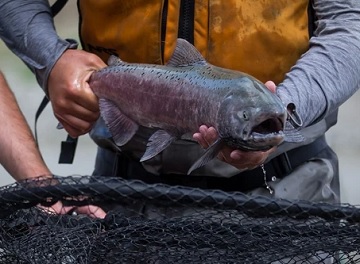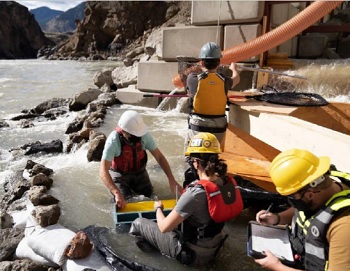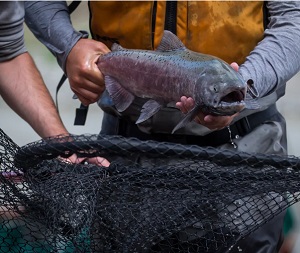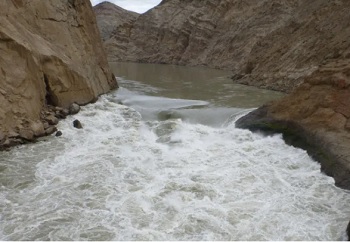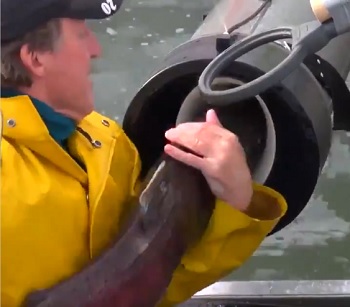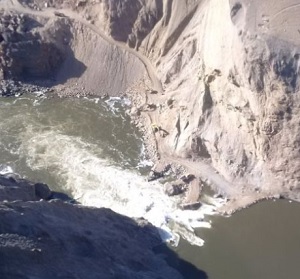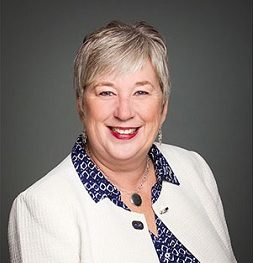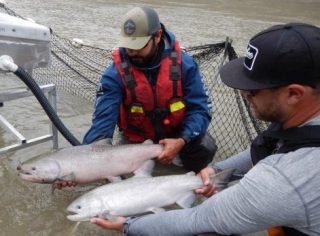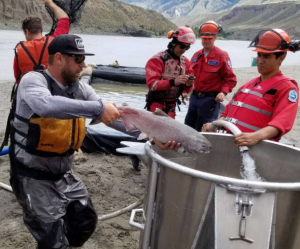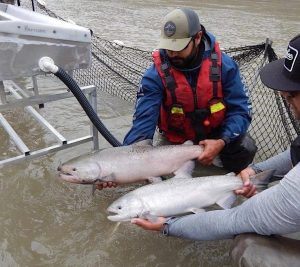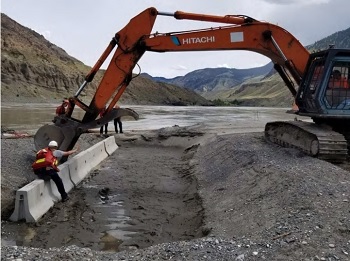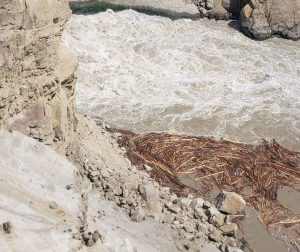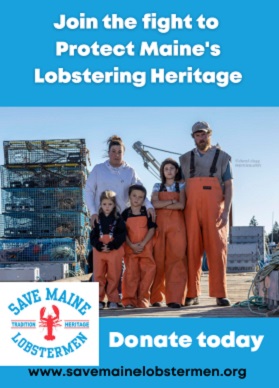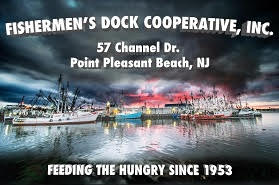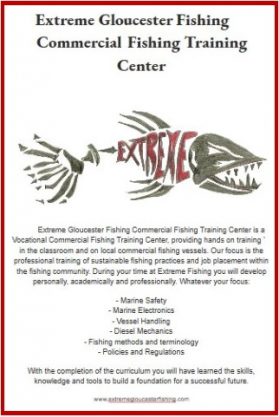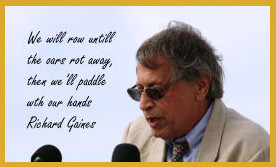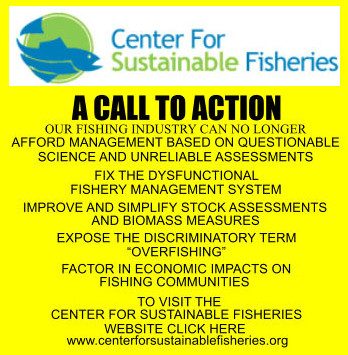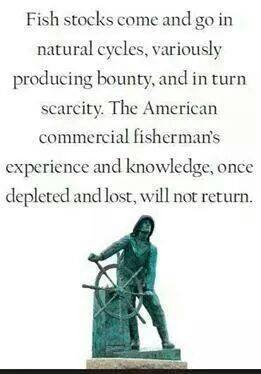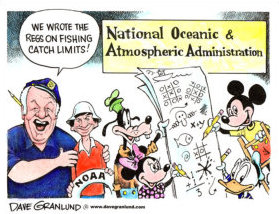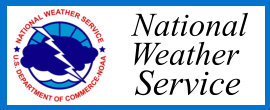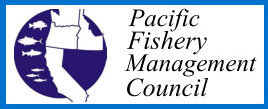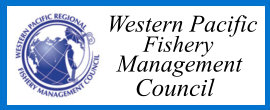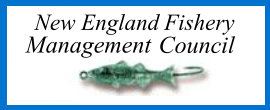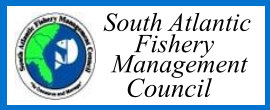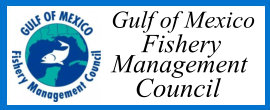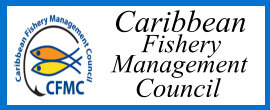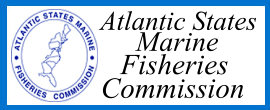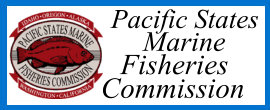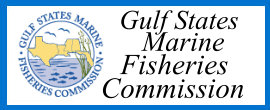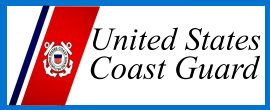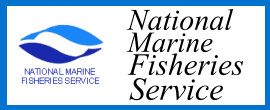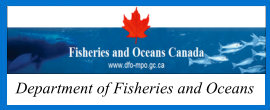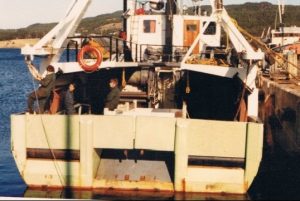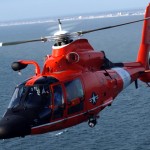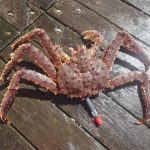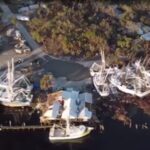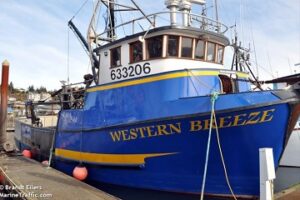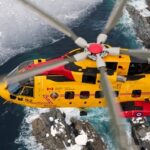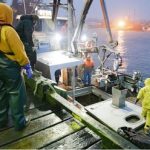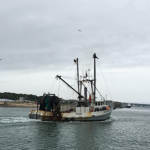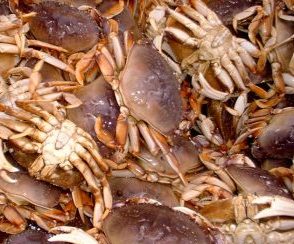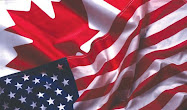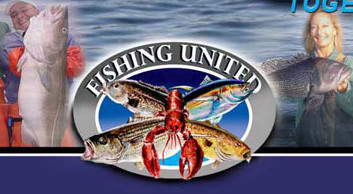Tag Archives: Fraser River
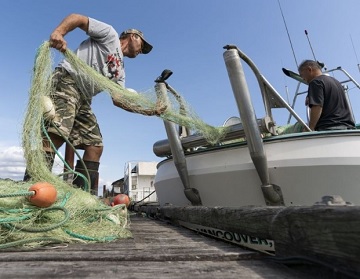
Poor Fraser River sockeye run spells end of the south coast salmon fleet
B.C. commercial fishermen are now forced to resign themselves to the reality that they will be shut out of the Fraser River sockeye fishery for the fourth year in a row, and for some that means the end of the road. “I think this is pretty much the end of the south coast salmon fleet,” said Dawn Webb, an organizer for the UFAWU-Unifor fisherman’s union. Earlier in the season, fairly strong returns of sockeye for the Skeena River, Barkley Sound and early Stuart Fraser River sockeye seemed to bode well for a healthy enough return to allow for a commercial opening this year. This is, after all, supposed to be a dominant year for Fraser River sockeye. >click to read< 07:34
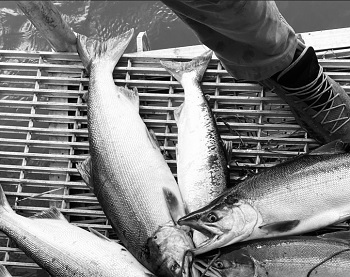
B.C. fishermen fume as their Americans counterparts fish
Commercial salmon fishers and environmentalists are crying foul, for opposite reasons after U.S. fisheries officials let American fishers hit the water while the Canadian government kept their counterparts ashore. After several years of historically low runs, the Pacific Salmon Commission (PSC), an international fisheries management organization, estimated last week that enough sockeye, about 4.4 million, would return to the Fraser River to support a commercial fishery. American fisheries managers adopted the commission’s estimate, opening a small commercial fishing window over the weekend. But in a rare disagreement, Canadian officials did not, citing concerns the run would be nearly one million fish smaller than predicted, and kept Canada’s waters closed. >click to read< 10:16
Concern for BC sockeye salmon as return estimates drop by millions – The Pacific Salmon Commission’s pre-season estimate of 9.8 million returning fish went down to 5.5 million Monday, prompting environmentalists and fishers alike to express concern. >click to read<
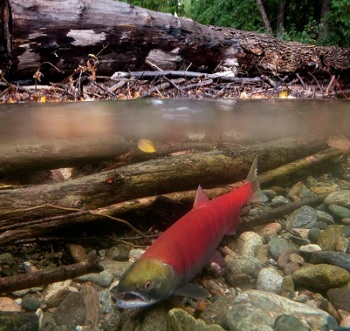
Commercial fishers and wild salmon advocates celebrate large returns to B.C. waters
Mitch Dudoward has worked in the salmon industry for more than 40 years and says fishing on the Skeena River in northwest B.C. has never been better. “This is the best season I can recall in my lifetime with the numbers we are catching,” said Dudoward, who recently completed a big sockeye haul aboard his gillnetter Irenda. Meanwhile, Bob Chamberlin, chairman of the First Nations Wild Salmon Alliance, said thousands of pink salmon are in Central Coast rivers after years of minimal returns. The strong run comes two years after the closure of two open-net Atlantic salmon farms in the area. “We got them removed and two years later we went from 200 fish in the river to where we have several thousand to date. In our mind and knowledge that is a really clear indicator.” >click to read< 10:41
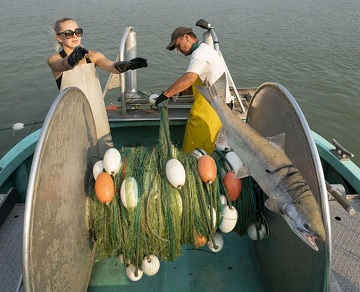
Strong sockeye salmon runs bode well for famed Fraser fishery
“The last bunch of years have just been nothing but doom and gloom when it comes to B.C. salmon,” said Granville-Island based fisher Steve Johansen, who just returned from “crazy” commercial fishing in Barkley Sound a week ago where sockeye returns were more than double Department of Fisheries and Oceans estimates. On the Skeena River, a key B.C. salmon river, returns have been 50 per cent higher than estimates. “I think everything else (that has) happened this summer before the Fraser runs is just making everybody’s anticipation and excitement just up a couple more notches,” Johansen said. >click to read< 12:50
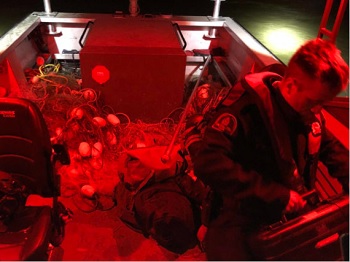
Illegal fishing nets seized on Fraser River by DFO
Fishery officer Mike Fraser, DFO detachment commander for Fraser East, Conservation and Protection (C&P), said right now there are 16 active investigations underway into illegal fishing. About 160 of the seized illegal gillnets came from the Lower Fraser, from the mouth of the river, to just past Yale. “We’ve been getting eight to 10 nets a week,” Despite what they described as “high compliance,” from area First Nations, DFO said it has received “an increase in public reports” of illegal fishing in a few areas, as well as illegal fish sales. “As a result, we are increasing our enforcement activities, particularly at night.” >click to read< 13:32
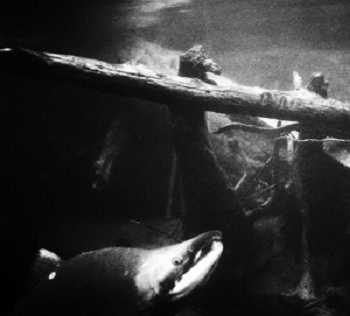
A virus that flourishes in fish farms is now threatening wild populations.
Wild salmon in British Columbia are in trouble. According to one estimate, some populations have dropped by as much as 93 percent since the early 1990s. Lately, the situation has grown dire.,, Last year, the number of sockeye returning to spawn in the Fraser River crashed to a record low. It’s hard to say exactly why this is happening, though logging, climate change, and overfishing all seem to play a role. Among the most controversial potential factors, however, is the virus Piscine orthoreovirus, or PRV. The virus isn’t necessarily fatal, but infected fish may be weakened and unable to swim as fast, making them more likely to be eaten by predators or fail to migrate upriver in order to spawn,,, Not everyone agrees. Among the dissenters is Fisheries and Oceans Canada-DFO,,, >click to read< Killing Sea Lions to Save the Salmon, February 1,1925, Dorothy G. Bell, >click to read< 19:39
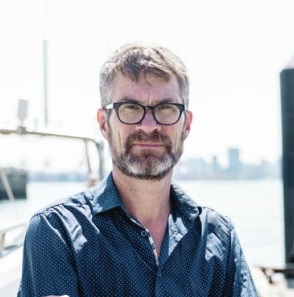
British Columbia: Pollution expert aims to create ‘water champions’
Peter Ross, an internationally recognized expert in water pollution, looks out over the sparkling waters of Burrard Inlet and sees something others do not. Invisible chemicals tend to be out of sight and out of mind, says Ross. But they leach into watercourses and into the marine food chain, creating “an invisible crisis.” “There are 500,000 chemicals on the global marketplace,” he said. Many of those will surreptitiously make their way into the food chain. Salmon heading up the Fraser River are also “basically running a gauntlet,” said Ross, “past wastewater treatment plants, past farms, past pulp mills, past refineries and storm drains.” Pollution is also an issue in drinking water,>click to read< – A global problem? 6PPD quinone: The environmental contaminant killing Coho salmon-An everyday chemical has been found to be highly toxic. Contamination of waterways is responsible for what had been the unexplained mass deaths of Coho salmon. We take a look at 6-PPD quinone, >click to read<14:39
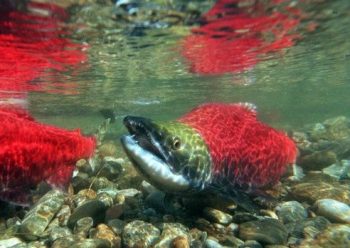
First Nations, commercial, and recreational fishers join forces to save Fraser River fish.
The Lower Fraser Collaborative Table , with membership from 23 First Nations of the Lower Fraser Fisheries Alliance, recreational fishing groups, and commercial reps from the Area E Harvest Commercial, united to help both Fraser salmon runs, as well as non-salmon species. Working together to set up the collaborative table for the past three years, the members say top priorities include: conservation, sustainable access for harvesting, and better communication. Darrel McEachern, a life-long commercial fisherman, said he is “optimistic and enthused” by the creation of LFCT and “honoured” to represent commercial fishermen on the Fraser. >click to read< 17:55
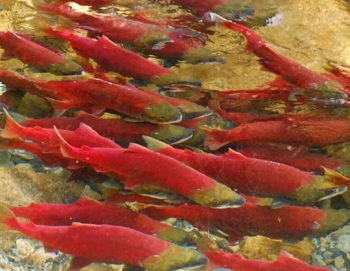
Female Sockeye salmon are dying at higher rates than males
Female adult sockeye from the Fraser River are dying at significantly higher rates than their male counterparts on the journey back to their spawning grounds, “This is causing skewed sex ratios in their spawning grounds, something that has been observed in recent years,” says lead researcher Dr. Scott Hinch, a professor in the faculty of forestry and head of the Pacific Salmon Ecology and Conservation Laboratory at UBC. “The implications on the health of Fraser River stocks are concerning, particularly as Pacific salmon populations in British Columbia have been declining over the past several decades.” >click to read< 15:48
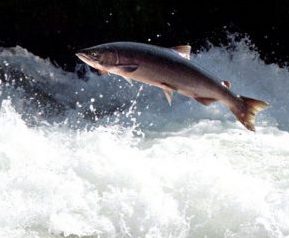
Fraser River sockeye fishery could be shut down for years
Fraser River sockeye, once the bread-and-butter of the commercial sector, appear to be collapsing for real this time. In 2009, low returns were described as a collapse, but the next year, Fraser River sockeye staged a major comeback, with 28 million fish returning, followed by 19 million in 2014. The Pacific Salmon Commission (PSC) estimates that only 283,000 sockeye may return to the Fraser River this year – a fraction of the 941,000 in a pre-season forecast, and only one-quarter of what is needed to meet this year’s escapement target. >click to read< 10:18
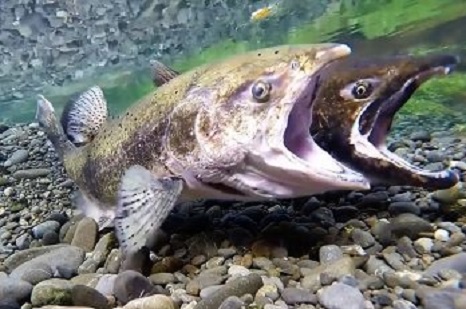
Sockeye Collapse: First Nations call for halt to B.C. salmon fishery on the Fraser River
First Nations leaders in British Columbia are calling for an emergency order from the federal government to close the sockeye salmon fishery on the Fraser River and declare it exhausted. “Without a doubt, it’s collapsed,” said Robert Phillips, an executive with the First Nations Summit and First Nations Leadership Council of B.C., in an interview with Global News on Wednesday. In an Aug. 14 report, the Pacific Salmon Commission projected a record low return this year, with just 283,000 salmon expected to make it to spawning grounds. It’s a less than a third of a projection in July, when as many as 940,000, >click tp read< 19:11
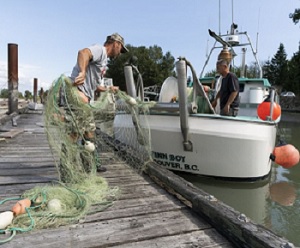
Fraser River sockeye fishery to stay closed because of concerns about the stocks
The department said in a notice Tuesday that Fraser River sockeye forecasts are “highly uncertain” at this time. Fraser River sockeye returns from 2015 and 2016 were forecast at 941,000 in total. Last year, the returns of 485,900 were the lowest since record keeping began in 1893. The other major challenge for this year’s sockeye — along with chinook, coho, and steelhead — is that they have to get through the site of the November 2018 Big Bar landslide on the Fraser River upstream of Lillooet. Despite installing infrastructure to help salmon, that area will “continue to be an impediment,” >click to read< 14:56
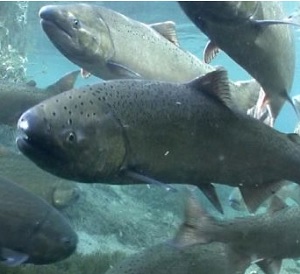
More restrictions for Fraser River chinook fishermen
All but one of 13 Fraser River chinook populations assessed by the Committee on the Status of Endangered Wildlife in Canada are currently at risk. New restrictions this year include maximum size limits of 80 cm in southern marine recreation fisheries to help mitigate risks to larger females, and an expanded fishing closure off the mouth of the Fraser River. Additional closures have been added in the Strait of Georgia and Juan de Fuca Strait for protection of the Southern Resident Killer Whales. >click to read< 09:35
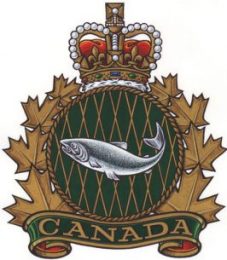
Government of Canada takes action to address threats to struggling Fraser River Chinook
Today, (June 19, 2020) Fisheries and Oceans Canada is releasing 2020 Fisheries management measures that will support the recovery of at-risk Fraser River Chinook populations, as well as protect the jobs and communities that depend on Chinook. The 2020 measures include additional restrictions to strengthen conservation as well as the flexibility needed where impacts to stocks of concern will be very low. These measures were developed following consultation with Indigenous communities, recreational and commercial fishing organizations, and environmental organizations. These measures are one component of a larger strategy intended to place at-risk Pacific salmon populations on a path towards sustainability. >click to read< 11:49
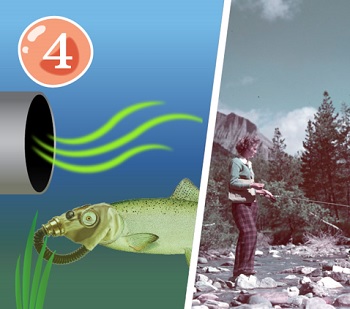
The Deadly Gauntlet Fraser Salmon Must Travel to Come Home
The rockslide at Big Bar just north of Lillooet was a natural disaster that blocked the Fraser last summer, making it impossible for many returning salmon to return to their natal spawning streams. Of the five million sockeye expected to return for example, only about 300,000 made it to their spawning grounds. The only upside of the disaster is that it’s shining a new light on what we call the Gauntlet: the tortuous path that all six species of Pacific salmon must run every year as they return from their migrations on the high seas to fresh water streams across the 21 million-hectare Fraser River watershed. The rockslide was an act of nature that with engineering expertise and brute force can eventually be fixed. But as the Gauntlet illustrates, what will prove much harder is to save Fraser salmon from the trajectory of decline they were already on before the rockslide happened. >click to read< 21:26
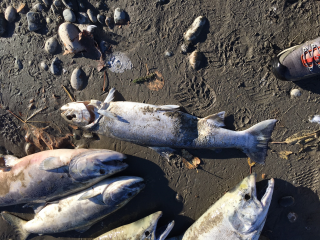
Critics say federal government is wiping out commercial pink salmon fisheries
In emails obtained by the BC Wildlife Federation, British Columbia government staff and scientists say Fisheries and Oceans Canada is burying science and misrepresenting a crisis situation to the public, risking extinction of Thompson-Chilcotin steelhead trout. In the fall of 2017, only an estimated 150 Thompson fish returned alongside just 77 to the Chilcotin down from thousands just a decade and a half ago. The email chain shows the DFO changed the wording of a public scientific document that is based on peer reviewed science. >click to read< 18:40
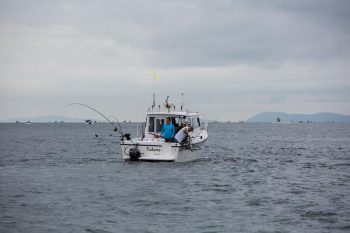
First Nations along Fraser River want sport fishing closed to save at risk species
So far this season, Guerin said Fisheries and Oceans Canada (known as DFO) limited Musqueam fishers to a few hundred chinook from the river, nowhere near enough to feed the nation’s 1,300 members let alone supply funerals and other community events like ceremonies and feasts. “I’ve got elders this year, this may be their last fish, and I can’t give it to them,” he said. “That hurts.”,,, Musqueam Chief Wayne Sparrow said they want to be part of the conservation efforts, but First Nations’ needs take priority over recreational fishing according to a 1990 Supreme Court ruling. That means the sport fishery should bear the brunt of any restrictions when there are concerns about the state of salmon populations. >click to read< 08:50
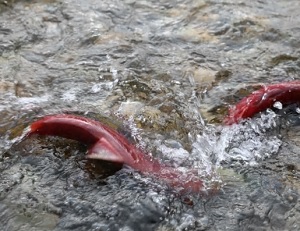
‘They’re flat broke’: Salmon fishermen demand disaster relief for failed season
The Pacific Salmon Commission is forecasting a total return of only 447,000 sockeye salmon to the Fraser, one of the world’s richest salmon rivers, this year. “This is the lowest run size ever estimated since estimates began in 1893, and lower than the previous record for lowest run size of 858,000 observed in 2016,” its report read.,, “Many of them are in debt because they got the boat and gear ready for the season and they [invested] quite heavily in doing that. And then they put fuel in their boats and went to the fishing grounds and then caught nothing.” >click to read< 15:24






